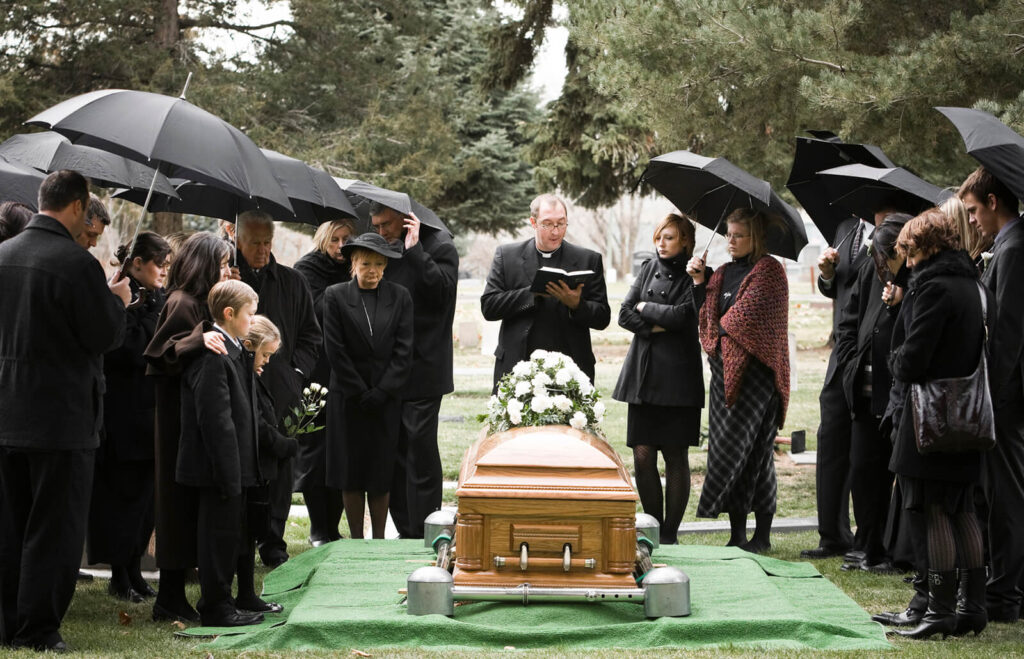The choice between cremation and burial is a deeply personal and often culturally and religiously influenced decision. It reflects how different societies and individuals approach the end-of-life rituals and the disposition of their loved ones’ remains. This choice can vary significantly based on cultural and religious factors, with each culture and religion having its own set of beliefs and traditions regarding the afterlife and the treatment of the deceased.
One notable cultural and religious factor that influences this choice is Hinduism, which is one of the oldest religions in the world. In Hinduism, cremation is the most common and preferred method of handling the deceased. Hindus believe in the cycle of reincarnation, where the soul is reborn into a new body after death. Cremation is seen as a way to release the soul from the physical body, allowing it to move on to the next life. The ashes of the deceased are typically scattered in a sacred river, such as the Ganges, to facilitate this transition. This practice is deeply rooted in Hindu culture and is considered a sacred and necessary ritual.
In contrast to Hinduism, Christianity, one of the world’s largest religions, generally favors burial as the preferred method of handling the deceased. This preference is influenced by Christian beliefs in the resurrection of the dead. Christians believe that the body will be resurrected on the Day of Judgment, and therefore, they tend to view burial as a way to honor the deceased and preserve the body for that eventual resurrection. Cemeteries hold significant religious and cultural importance in Christian communities, serving as a place for remembrance and a symbol of hope in the resurrection.
Another cultural influence on burial and cremation choices can be found in Japanese Buddhism. In Japan, cremation is the norm, largely due to the scarcity of land for traditional burials. Japanese Buddhists believe that cremation purifies the soul and facilitates its journey to the afterlife. The ashes of the deceased are typically interred in family gravesites or Buddhist temples. This practice reflects the Japanese value of minimalism and respect for limited resources.
It’s essential to note that these are just a few examples, and there are countless other cultural and religious factors that influence cremation and burial choices worldwide. In some cultures, the choice may also be influenced by economic considerations, environmental concerns, or individual preferences.
In recent years, the industry surrounding death and funeral practices has seen significant changes and innovations. New options such as eco-friendly or natural burials and cremation alternatives like water cremation have emerged to accommodate diverse preferences and address environmental concerns. As a result, individuals and families now have more choices than ever before when it comes to the disposition of their loved ones’ remains.
In conclusion, cremation and burial choices are deeply influenced by cultural and religious factors. These decisions reflect not only individual beliefs and values but also the traditions and customs of the societies in which they are practiced. Understanding these influences is essential for respecting the diversity of human cultures and their approaches to death and the afterlife. Whether it’s the sacred cremation practices of Hinduism, the resurrection beliefs of Christianity, or the practical considerations of Japanese Buddhism, these factors shape the way we honor and remember our departed loved ones.
For more information on how Aaron Cremation has adapted to these cultural and religious influences in the field of cremation services, please visit their website.

